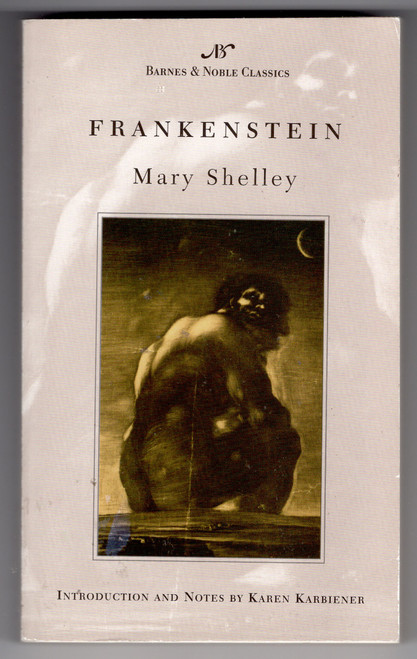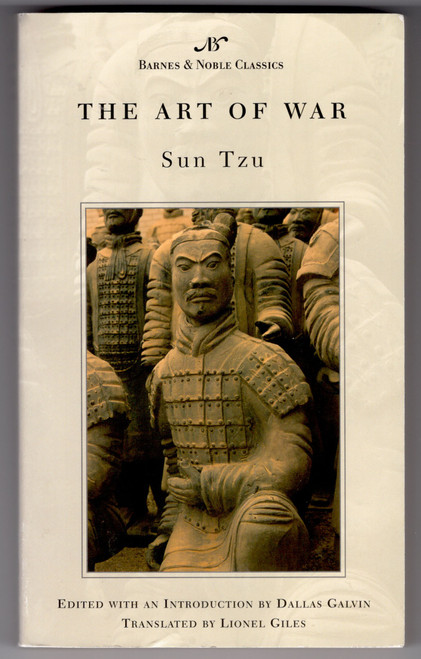Jules Verne's perennially popular Journey to the Center of the Earth begins when irascible but dedicated mineralogy professor Otto Lidenbrock finds a centuries-old parchment inside an even older book. His nephew Axel decodes it, and discovers instructions on how to get to the center of the Earth: "Go down into the crater of Snarfells Yocul," an extinct Icelandic volcano. As they descend, the explorers also travel backwards to the past, through layers of human history and geologic time, encountering prehistoric plants and animals and ultimately coming to understand the origins of humanity itself.
Though brimming with exciting exploits, this journey is also metaphorical - a spiritual and psychological trip to the center of the human soul. While many of Verne's scientific speculations have been proven, it is this author's remarkable ability to fashion a rousing tale full of compelling characters, extraordinary adventures, and provocative ideas that ensures he will be read for years to come.
Introduction and Notes by Ursula K. Heise
Translated by Frederick Amadeus Malleson
Revised throughout by Ursual K. Heise
About the Author
Widely regarded as the father of modern science fiction, Jules Verne (1828-1905) wrote more than seventy books and created hundreds of memorable characters. His most popular novel, Twenty Thousand Leagues Under the Sea, is not only a brilliant piece of scientific prophecy, but also a thrilling story with superb, subtle characterizations.
Ursula K. Heise is Professor of English and Comparative Literature at Stanford University. She has published a book, Chronoschisms: Time, Narrative, and Postmodernism (1997), and numerous articles on contemporary American and European literature in its relation to science, ecology and new media.







